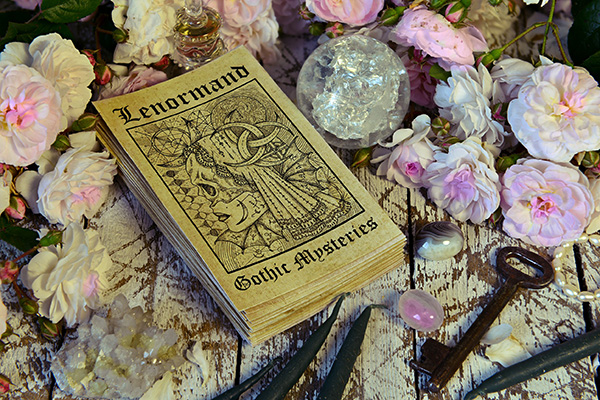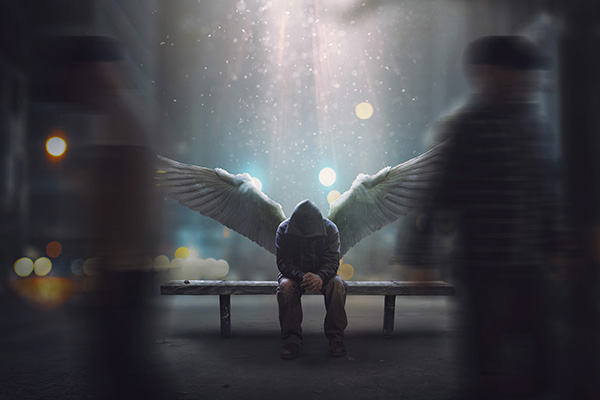symbolism
Tarot Forecast April 2024: Queen Of Wands
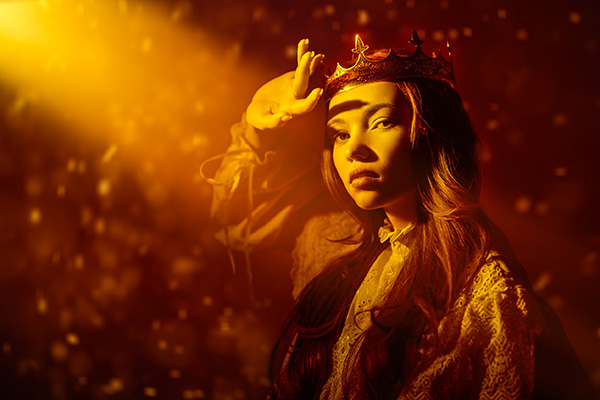 This month the Queen of Wands, a figure of authority and natural leadership, brings confidence, determination, and the ability to charm and inspire those around us. She is the Queen of Fire, symbolizing creativity, vitality and passion.
This month the Queen of Wands, a figure of authority and natural leadership, brings confidence, determination, and the ability to charm and inspire those around us. She is the Queen of Fire, symbolizing creativity, vitality and passion.
In the coming month we should be attuned to our ambitions as they may be strengthened. We may feel inspired to set new goals and make firmer decisions. There will be new motivational energies in our careers or businesses that will make it easier to keep our work goals and projects on track. This same energy will push us to get things done and take us to the next step.
The energy of the Queen of Wands calls us to tap into our inner self with instinct and confidence. As we face challenges in our professional or personal lives, our greatest asset this month is our self-awareness and ability to lead with confidence. Her energy will allow us to take control of situations that require a bold approach.
The Queen advises us to maintain our ideas and visions, especially in environments where our charisma can help others toward a common goal. Remember, to share is to care, so don’t hold back your gifts.
A Christian Mystic’s Guide To Dealing With Pain
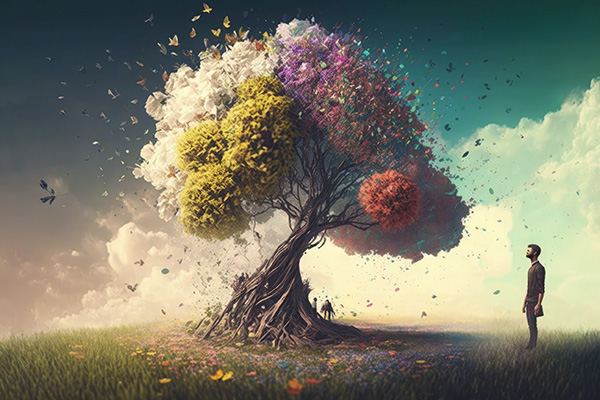 Our search for the meaning of pain, hardship, and suffering is a profound and enduring human endeavor.
Our search for the meaning of pain, hardship, and suffering is a profound and enduring human endeavor.
Throughout history, our spiritual beliefs and religious teachings have helped us understand and find meaning in life’s challenges and painful experiences.
These interpretations provide comfort, guidance, and a sense of peace in the face of adversity as we learn that suffering has a purpose or can lead to spiritual growth, enlightenment, or a deeper connection with the divine.
Our spiritual quest to better understand pain is driven by a deep desire to make sense of life’s challenges and to discover how these difficult experiences fit into the larger tapestry of our existence.
Religions and spiritual wisdom traditions around the world offer different perspectives on pain and suffering, each with its own explanation for why these experiences occur and how they should be approached or understood.
These diverse perspectives all share certain common threads: that the origins of pain and suffering lie in the concept of duality; that there is meaning to be found in suffering; and that through faith, reflection, and spiritual practice we can transcend the pain caused by duality and connect with something greater than ourselves.
The Mystical Symbolism Of The Hamsa
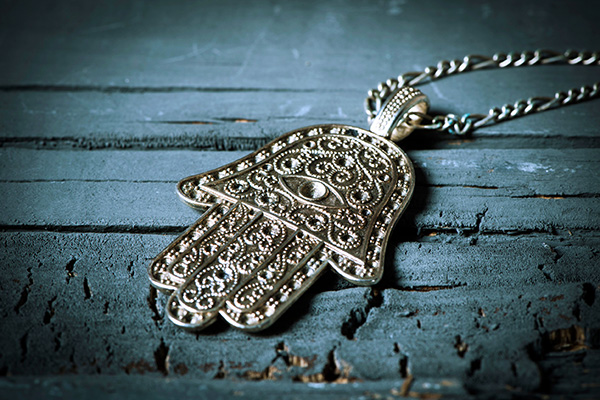 The well-known Hamsa symbol has a rich tapestry of esoteric meaning that spans several cultures and religious traditions, including Islam, Judaism, and Christianity. It is commonly used as a protective amulet, offering protection from the evil eye, as well as a talisman or good luck charm, bringing its wearer blessings in the form of happiness, health, and fortune.
The well-known Hamsa symbol has a rich tapestry of esoteric meaning that spans several cultures and religious traditions, including Islam, Judaism, and Christianity. It is commonly used as a protective amulet, offering protection from the evil eye, as well as a talisman or good luck charm, bringing its wearer blessings in the form of happiness, health, and fortune.
The Hamsa is also known as the Khamsa, Hamesh, the Hand of Fatima, the Hand of Miriam, or the Hand of Mary. The names “Hamsa” and “Khamsa” both refer to the number five in Arabic while “Hamesh” means five in Hewbrew, all symbolizing the five fingers of the hand.
In Islamic tradition, this famous esoteric hand is named after Fatima al-Zahra, the youngest daughter of the Prophet Muhammad and his first wife Khadija. Fatima is known by many titles in Islamic tradition, of which al-Zahra (meaning “the Radiant One”) is one of the most prominent. Her life, devotion to family and faith, and moral integrity are admired and serve as an inspiration to Muslims around the world.
In Jewish culture, the hand symbol is named after Miriam, the sister of Moses and Aaron, who was a prophetess and is an important figure in Judaism. In some Christian contexts, it is also known as the Hand of Mary, although it is less commonly referred to by this name. In this instance it is associated with Mary, the mother of Jesus, who is revered for her purity, grace, and maternal protection.
